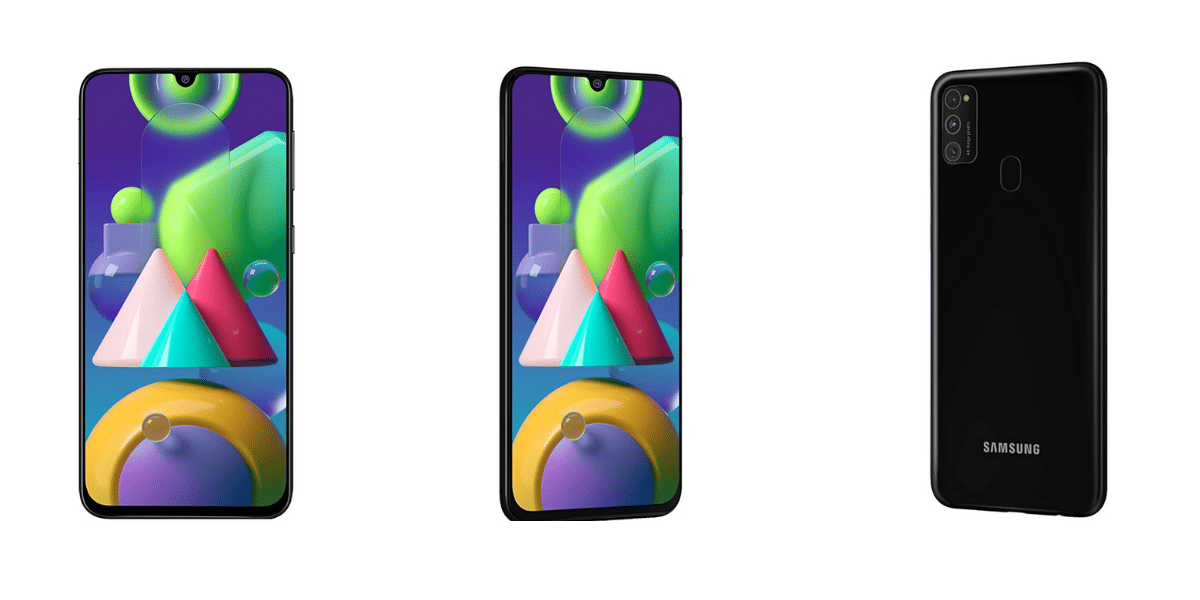The evolution of camera sensor technology has been a pivotal factor in the dramatic changes in picture output over the years. Different brands have contributed to this evolution through various innovations, with each advancement bringing significant improvements in image quality, low-light performance, and overall camera functionality. Let’s have a look at some of the milestones involved.
Early Stages: CCD to CMOS Transition
- CCD Dominance: In the early stages, Charge-Coupled Device (CCD) sensors were the backbone of digital cameras, offering good image quality but with limitations in power consumption and speed.
- CMOS Revolution: Complementary Metal Oxide Semiconductor (CMOS) sensors then emerged, addressing the power and speed issues of CCDs. Brands like Canon played a significant role in this transition, leveraging the benefits of CMOS in their DSLR cameras.
Also read: 8 Best Camera Phones In The World In 2023
The Impact of BSI CMOS Sensors

- BSI Introduction in 2009: The advent of Back-Side Illuminated (BSI) CMOS sensors represented a significant leap forward. Initially, these sensors were particularly beneficial for small pixels in smartphones and compact cameras.
- Fabrication Process: BSI sensors are made similarly to front-side illuminated designs but involve shaving away the backing material. This repositioning allows the light-sensitive part of each pixel to face the lens directly, enhancing light absorption.
- Brand Implementations: Various brands quickly adopted BSI technology, recognizing its potential to improve image quality, especially in low-light conditions. This was a game-changer for compact camera and smartphone photography.
Broader Adoption and Delay in Larger Sensors
Also read: Photography Reimagined With The OnePlus 10 Pro 5G Camera!
- Initial Focus on Small Sensors: Initially, the benefits of BSI technology were more pronounced in small sensors due to their tiny pixel size.
- Later Expansion to Larger Sensors: It took several years for BSI technology to be adopted in larger sensors like Four Thirds, APS-C, and full-frame. This was due to the less pronounced benefits in larger sensors and the complexity of the technology.
Overall Impact on Picture Output
- Enhanced Low-Light Performance: One of the most notable impacts of sensor evolution, particularly with BSI technology, is the enhanced low-light performance. This has allowed photographers to capture clearer, more detailed images in challenging lighting conditions.
- Improved Image Quality: The gradual improvements in sensor technology have led to sharper, more vibrant images, with better colour accuracy and dynamic range.
- Smartphone Photography Revolution: The adoption of advanced sensors in smartphones has revolutionized mobile photography, enabling these devices to compete with traditional cameras in many aspects.
The Role of Major Camera Brands in Sensor Evolution

Also read: Mirrorless Vs DSLR Camera: Let’s Understand The Differences!
Major camera brands have played a crucial role in the evolution of camera sensors, each contributing uniquely to the advancements in picture output. Companies like Sony, Canon, Nikon, and Panasonic, among others, have continuously pushed the envelope in sensor technology.
- Sony’s Pioneering Efforts: Sony, for instance, has been at the forefront of sensor innovation. Their commitment to developing BSI CMOS sensors has not only benefitted their own lineup of cameras but also the industry at large, as they are a major supplier of sensors to other camera manufacturers. This cross-brand influence has been instrumental in elevating the overall quality of digital photography.
- Canon and Nikon’s Adaptations: Canon and Nikon, traditionally known for their DSLR cameras, have also adapted to the changing landscape. They have incorporated advanced sensor technologies in their newer mirrorless and DSLR models, ensuring that their products remain competitive and continue to offer top-notch image quality.
Future Trends and Emerging Technologies

Also read: Cashify Explains: Breaking The Myths About Megapixels
Looking forward, the camera sensor technology landscape is poised for even more groundbreaking developments. Emerging technologies and ongoing research suggest several future trends:
- Increased Resolution and Dynamic Range: As sensor technology continues to evolve, we are likely to see sensors with even higher resolutions and greater dynamic range. This will allow for capturing images with unprecedented detail and colour fidelity, even in extreme lighting conditions.
- Integration of AI and Computational Photography: Artificial intelligence and computational photography are becoming increasingly intertwined with sensor technology. Future sensors might not only capture light but also process images in more sophisticated ways, leveraging AI for noise reduction, dynamic range enhancement, and even subject recognition.
- Miniaturization and Enhanced Efficiency: The trend towards smaller, more efficient sensors is likely to continue, particularly for mobile and compact cameras. This miniaturization does not come at the expense of image quality but rather is complemented by advanced technologies like BSI, ensuring that even the smallest cameras can produce high-quality images.
Also read: Dual Camera Vs Single Camera Smartphones: Which Is Better?
- Sustainability in Sensor Production: As the world becomes more environmentally conscious, there’s a growing emphasis on sustainability in technology production. Future sensor development might also focus on reducing environmental impact, both in terms of materials used and the manufacturing process.
In Conclusion
In conclusion, the evolution of camera sensor technology over the past 25 years has been nothing short of revolutionary, driven by major camera brands and their commitment to innovation. As we look to the future, the integration of new technologies and the push towards greater efficiency and sustainability are set to further transform the landscape of digital photography, promising even more remarkable changes in picture output.
Looking to upgrade your smartphone? You can always choose to Sell old mobile Phone and get a new one!











































